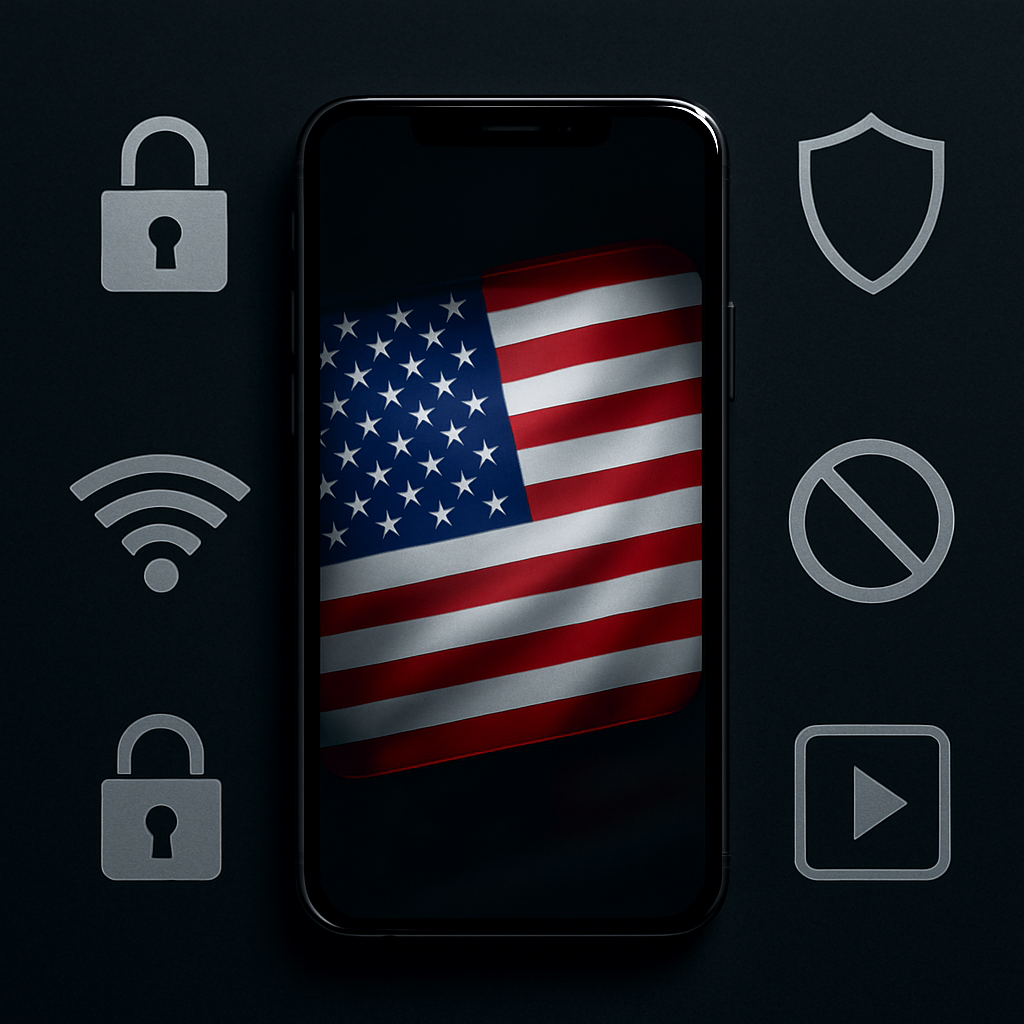
The Trump Phone: Privacy Promise or Political Theater?
It’s real. After months of teaser campaigns, conspiracy-laced trailers, and cryptic mentions in rallies and newsletters, the Trump Phone has officially launched. Dubbed “the most secure phone ever made for freedom-loving Americans,” it arrives with a patriotic flourish—and a heavy dose of political baggage.
According to its website and launch video, the Trump Phone is a smartphone built “outside the control of Big Tech,” with no Google, no Apple, and no “woke data-mining.” Instead, it runs a customized operating system stripped of Silicon Valley's influence, offering “total privacy, free speech protections, and conservative values baked into the software.”
The operating system, branded “LibertyOS,” appears to be a heavily customized fork of open-source Android, possibly using GrapheneOS or CalyxOS as a foundation. It boasts hardened security, zero telemetry, encrypted messaging, and a curated app store that blocks “globalist propaganda tools” like TikTok, Facebook, or CNN. Pre-installed apps include Truth Social, Rumble, a MAGA calendar, and a Trump-branded encrypted email client.
There’s even a built-in “Patriot Mode,” which routes traffic through a proprietary VPN that claims to bypass surveillance by “deep state infrastructure.” Startup animations feature a flag-waving eagle and the words “Securing America—One Phone at a Time.” It’s not just a smartphone—it’s a symbol.
Hardware-wise, the Trump Phone is modest: a 6.4" OLED screen, mid-tier Snapdragon processor, 8GB of RAM, and 128GB of storage. The shell is patriotic red, white, or blue—depending on the model—and branded with the TRUMP logo in metallic chrome across the back.
But the phone’s appeal doesn’t lie in specs. It lies in the message. In an era of polarized tech culture, where terms like “shadowbanned,” “algorithmic bias,” and “cancelled” are part of daily vocabulary, the Trump Phone taps directly into a growing ecosystem of politically-aligned hardware. It is, essentially, a protest device—designed to reject the establishment, even if that means building a parallel tech stack from scratch.
And it’s not just symbolic. At $799, this is a real commercial product with serious traction. Influencers on the right have promoted it as “the only phone Joe Biden can’t spy on.” Trump himself held one up during a rally in Michigan, calling it “the anti-China phone” and encouraging supporters to “ditch Silicon Valley.” Early reports claim over 50,000 preorders in the first week.
Still, not everyone is convinced. Security researchers quickly flagged issues in the phone’s firmware and backend services. While much of the OS borrows from privacy-respecting platforms, parts of the Trump-branded ecosystem—like the email and VPN—raised questions. Multiple experts noted closed-source binaries, unclear data handling practices, and limited transparency in the networking stack.
More controversial is the app store, which reportedly blocks access to mainstream media apps and flags select URLs with disinformation warnings. Users can technically override these blocks—but the design nudges users away from dissenting sources. Some critics argue this creates a “curated reality,” where only politically aligned content is accessible. One reviewer compared it to a “conservative iPhone with Fox News hardcoded as the homepage.”
The question that keeps resurfacing: is the Trump Phone a legitimate privacy tool—or a political filter disguised as one? Projects like the Librem 5 and GrapheneOS have championed digital sovereignty without partisan branding. By contrast, the Trump Phone fuses political identity and digital infrastructure into one inseparable experience. It’s a phone that tells you not just how to connect—but who you are when you do.
In some ways, the Trump Phone represents the logical next step in the splintering of the web. As culture wars moved from TV to Twitter to TikTok, the final battleground may now be physical devices themselves. When phones become political statements—complete with custom app ecosystems, filtered newsfeeds, and party-approved backends—then the very idea of neutral technology starts to erode.
To its credit, the Trump Phone has introduced a large new audience to privacy conversations. Concepts like surveillance capitalism, end-to-end encryption, and app telemetry are suddenly being debated on Fox News and Telegram groups. But by fusing privacy with partisanship, it risks making cybersecurity tribal—yet another thing divided by ideology instead of driven by need.
So is the Trump Phone a grift? A genuine alternative? A backlash against centralized tech? The answer might be all three. It’s a phone, yes—but also a cultural mirror. One that reflects how tech is no longer just about features and functions, but fears and identities. The Trump Phone didn’t just launch—it declared.